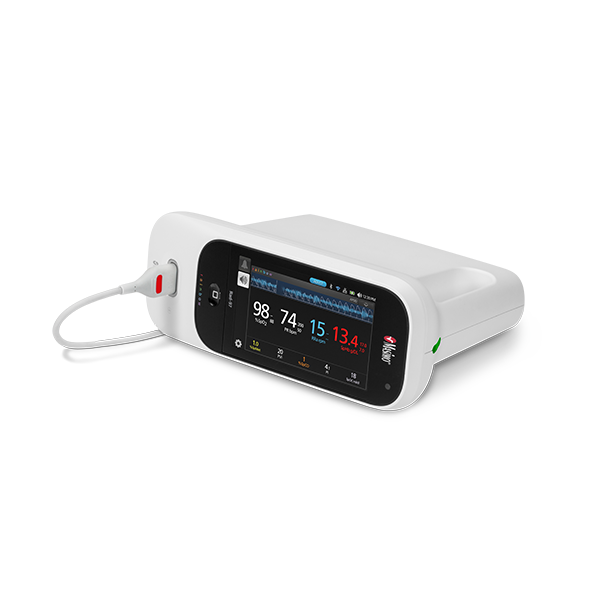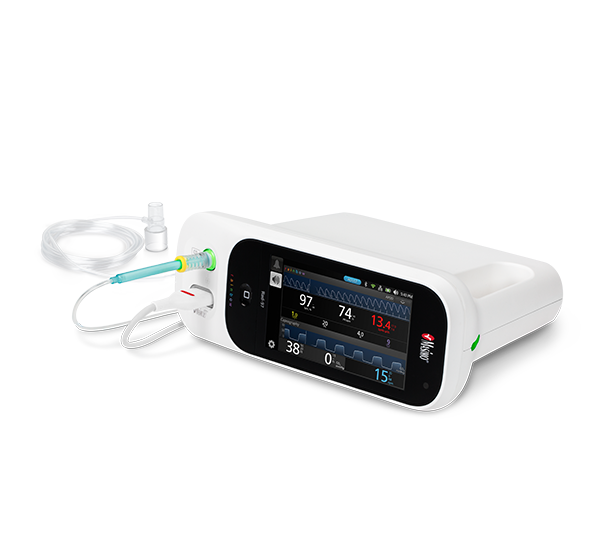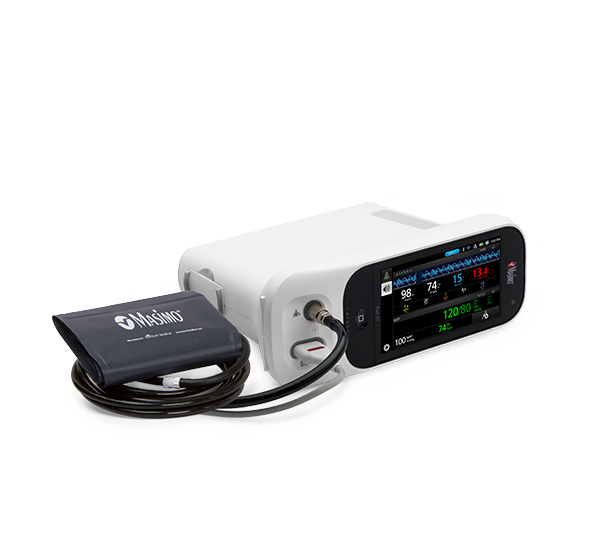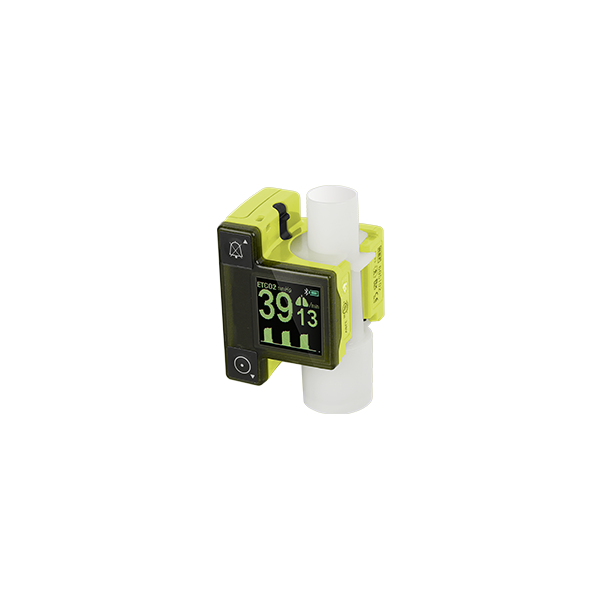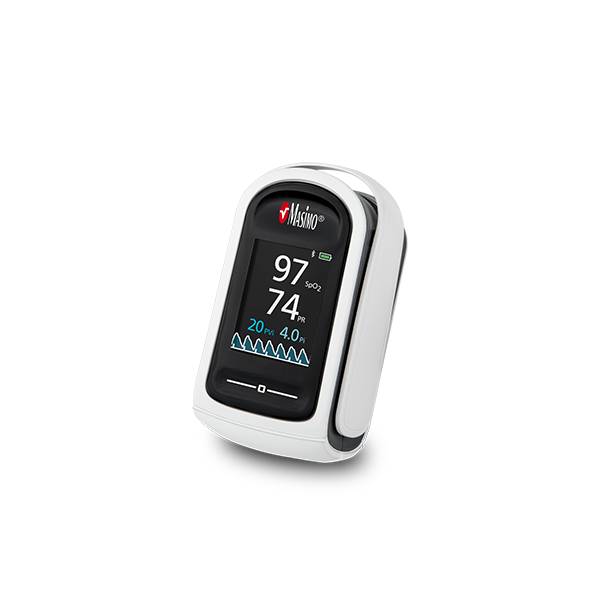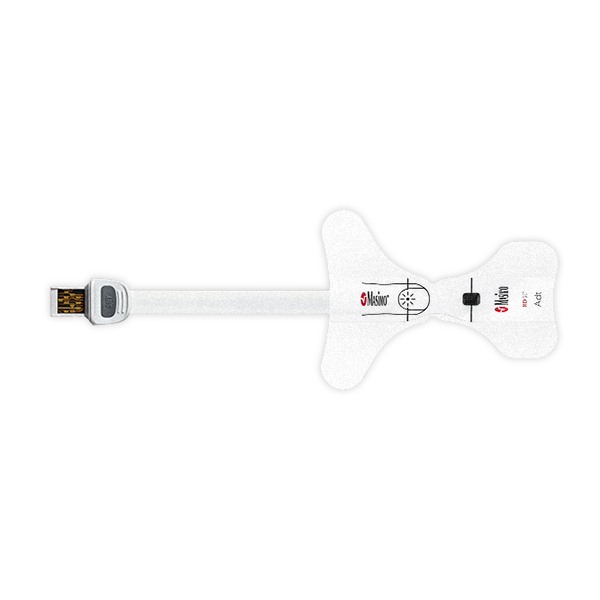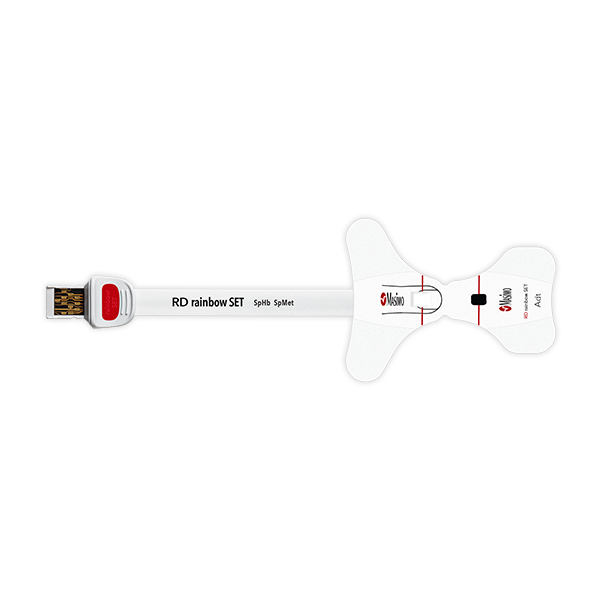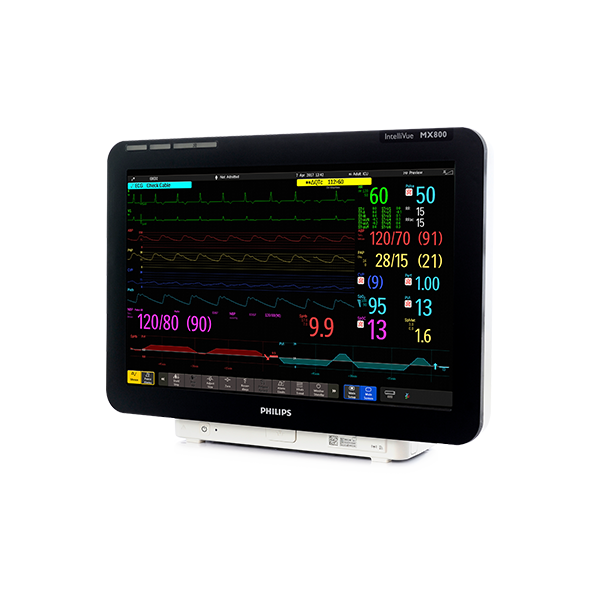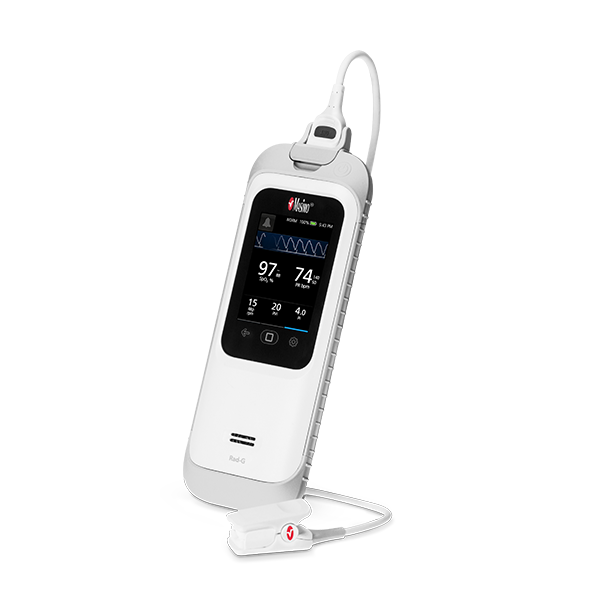Skilled Nursing
Improving Patient Safety for Ventilator-Dependent Patients
Home / Skilled Nursing
Skilled Nursing
When caring for ventilator-dependent patients, reliable oxygenation and ventilation monitoring are vital to providing high-quality care and improving patient safety in post-acute care settings. Many long-term acute care facilities are faced with low clinician-to-patient ratios and alarm fatigue, while needing to administer many different active therapies, wean patients off ventilation, and chart patient data. In sub-acute care facilities, where workflows may not be as strained, ventilator-dependent patients still require continuous monitoring to recognize changes in status. Masimo’s industry-leading SET® pulse oximetry, integrated capnography, and supplemental remote monitoring solutions help clinicians continuously monitor ventilated patients and improve workflows.
Masimo SET® Measure-through Motion and Low Perfusion™ Pulse Oximetry
Masimo SET® Measure-through Motion and Low Perfusion™ Pulse Oximetry
Masimo’s breakthrough Signal Extraction Technology® (SET®) overcomes the limitations of conventional pulse oximetry with the ability to measure through motion and low perfusion. Two separate studies found that Masimo SET® pulse oximeters detected approximately 10 times more true events than other “Next Generation” pulse oximeters studied.1,2
Performance During Motion and Low Perfusion3

Masimo SET® had 3% missed true alarms and 5% false alarms versus 43% and 28%, respectively, using competitor technology.3
Results shown are calculated by combining sensitivity and specificity outcomes of the machine-generated and volunteer-generated motion.
In another study comparing the ability of three pulse oximetry technologies to detect hypoxic events, Masimo SET® pulse oximetry demonstrated the highest sensitivity and specificity during induced conditions of motion and low perfusion.3
Integrated Capnography and Pulse CO-Oximetry
Integrated Capnography and Pulse CO-Oximetry
Rad-97™ with NomoLine™ capnography features Masimo SET® pulse oximetry and an integrated sidestream gas analyzer for capnography — meeting continuous oxygenation and ventilation monitoring needs in a single device. On a customizable, multi-touch display, this Rad-97 model provides continuous end-tidal carbon dioxide (EtCO2) monitoring with numeric, trend, and waveform viewing options, as well as fractional concentration of inspired carbon dioxide (FiCO2) and respiration rate (RR) – and is upgradeable to monitor Masimo rainbow SET™ parameters, such as noninvasive and continuous hemoglobin (SpHb®).
Rad-97 features automatic display rotation, allowing clinicians to easily interpret patient data regardless of device orientation, and can be mounted on a portable roll stand for flexible integration at the bedside. Additionally, Rad-97 facilitates automated electronic charting through Masimo Patient SafetyNet™* or Iris Gateway™, which can improve clinician and nursing workflow efficiencies.
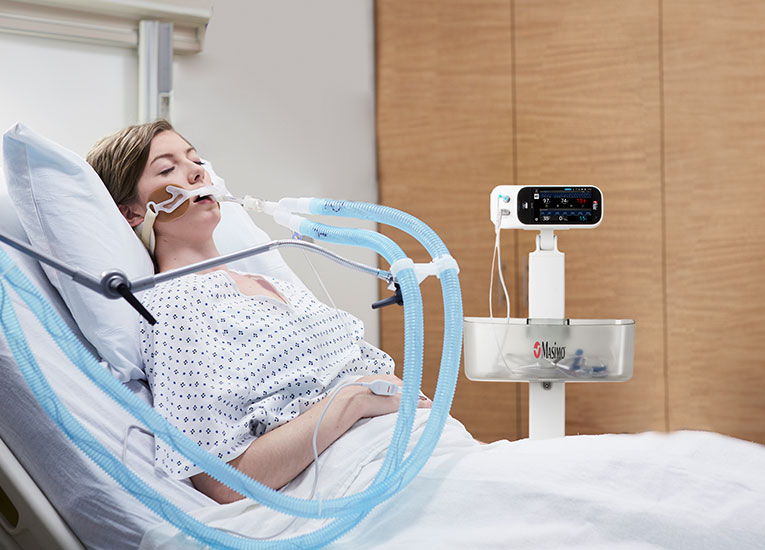
Flexible, Efficient Spot-checking
Flexible, Efficient Spot-checking
Masimo offers a wide variety of spot-check and vital sign measurement solutions, allowing facilities to select the best options for their patient needs, workflows, and budget.

Root® with noninvasive blood pressure and temperature can be mounted on a compact, mobile roll stand, simplifying workflows with quick spot-check of vital signs during rounds, available with oxygen saturation and noninvasive hemoglobin, and automatic documentation of measurements in electronic medical records.
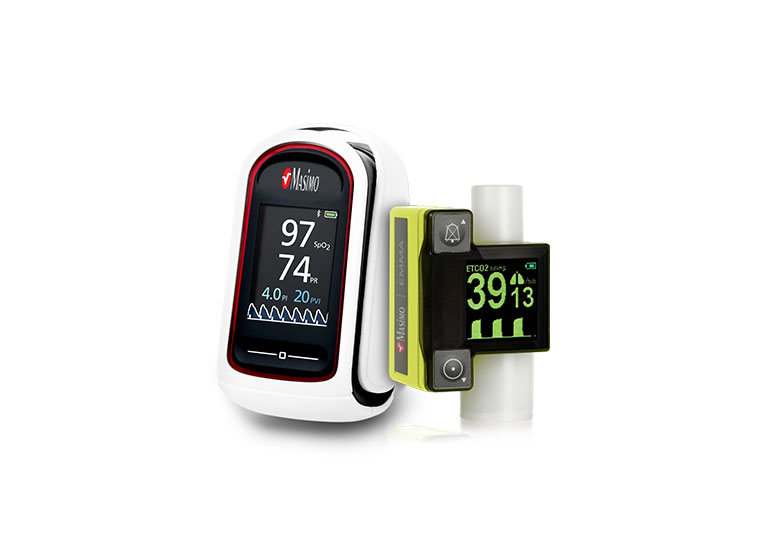
For spot-check measurements on the go, the MightySat™ Rx fingertip pulse oximeter, featuring Masimo SET®, helps physicians quickly and efficiently measure oxygen saturation and pulse rate. The small, portable EMMA™ capnograph is designed to fit easily onto a breathing circuit and provides a real-time end-tidal carbon dioxide (EtCO2) waveform displayed in as few as 15 seconds, in addition to EtCO2 and respiration rate (RR) measurements. These pocket-sized solutions can be easily kept with the clinician during rounds or integrated into crash carts.
Supplemental Remote Monitoring
Supplemental Remote Monitoring

Masimo Patient SafetyNet optimizes patient safety and clinician workflows through centralized, supplemental remote monitoring and automated charting. Near real-time information from any connected Masimo device, as well as supported third-party devices such as ventilators, is displayed at a central view station, allowing clinicians to quickly assess the status of up to 40 patients at a glance, review trend data, and investigate alarms. Actionable patient alarm notifications are also sent to designated clinicians, with automatic escalation, facilitating patient intervention. Through Patient SafetyNet, patient monitoring data, including waveforms, parameters, and alarms, can be automatically transmitted to EMRs, which can improve clinical workflows and reduce the likelihood of transcription errors.4
Measurements
Measurements
Long-term Acute and Sub-Acute Product Solutions
References:
1 Hay WW. J of Perinatol, 2002;22:360-36.
2 Barker SJ. Anesth Analg. 2002;95(4):967-72.
3 Shah N. et al. J Clin Anesth. 2012 Aug;24(5):385-91.
4 The Value of Medical Device Interoperability. West Health Institute. 2013.
* The use of the trademark PATIENT SAFETYNET is under license from University Health System Consortium.
RESOURCES
Rad-97 is not licensed for sale in Canada.
Caution: Federal (USA) law restricts this device to sale by or on the order of a physician. See instructions for use for full prescribing information, including indications, contraindications, warnings, and precautions.
PLCO-001594/PLM-11076A-0218
